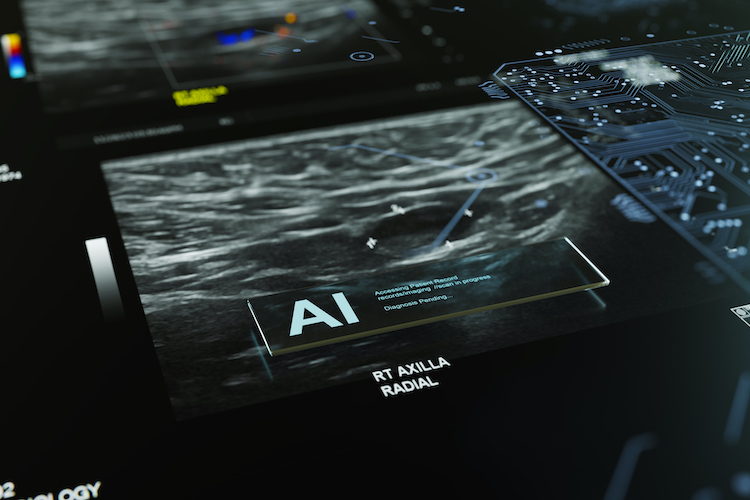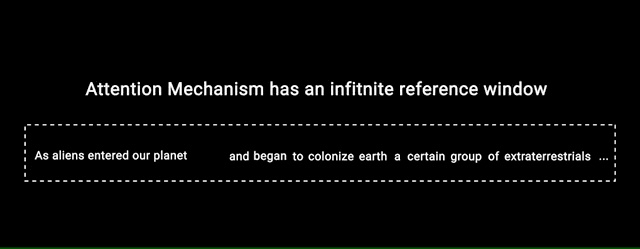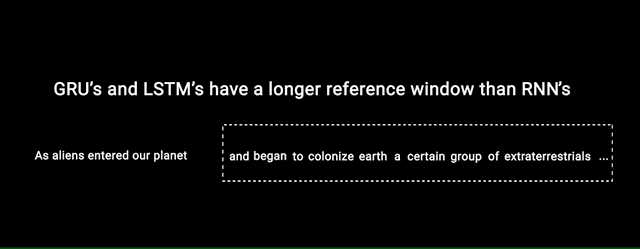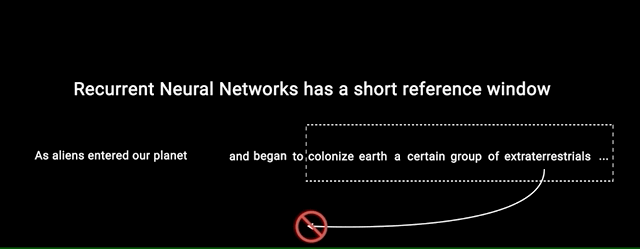Relevance of transformer models for healthcare
Published on | 6 min read (Updated: )

Last week, nurses openly voiced concerns about the rush to adopt generative AI in healthcare, pitting the novel technology against the humanization of care. Healthcare is arguably at an inflection point where innovation is needed, but what happens when the technology sits in between a patient and those who directly care for them? As a business, technology, or informatics leader, it is important to ask: In what ways are these new AI models superior to their predecessors? Are these AI models actually solving a problem or introducing new ones?
Overview of transformer models
There is no shortage of resources to learn about transformers such as the Generative Pre-trained Transformer (GPT). I will not go into the details here, but provide links to blogs that best illustrate key concepts.
At a high-level, transfomer models make use of the self-attention mechanism, a machine learning technique that calculates the importance between different pairs of words in an input sequence and processes them in parallel. This enables the model to more accurately focus on the most relevant words (irregardless of distance) when generating new output. Check out these technical blogs for further details:
- What Is ChatGPT Doing … and Why Does It Work?
- Visualizing A Neural Machine Translation Model
- The Illustrated Transformer
- Understanding Self and Multi-Head Attention
Here is a helpful visual of how the attention mechanism works, and how it compares to LTSM and RNN models:



Credit: Phi, M. Illustrated Guide to Transformers - Step by Step Explanation. Towards Data Science Inc (April 2020).
As shown above, this technique overcomes the limitation of previous NLP models which ran into the problem of having short-term memory. As a result, these AI models can more accurately retain the meaning of longer input sequences when generating new output.
Are transformers useful for clinical care?
Now that we see how the transformer model has succeeeded over previous NLP models, let’s take a look at how it is being applied in real-world settings. I should caveat this section by saying that this field is evolving very rapidly, so what has been published in recent months is likely be challenged and revised. My goal here is to provide a small snapshot of studies I found compelling.
According to the The Journal of Medical Systems: The Home of Clinical Informatics Research, authors from Europe highlighted some of the key benefits and challenges with these models:

Credit: Denecke, K., May, R. & Rivera-Romero, O. Transformer Models in Healthcare: A Survey and Thematic Analysis of Potentials, Shortcomings and Risks. J Med Syst 48, 23 (2024). Used under CC BY 4.0.
It should not come as a surprise that one of the biggest benefits would be improved operational efficiencies (A1-A4). While EU counterparts probably face less documentation requirements than the US (as I wrote about in a previous post), it highlights a main value of these AI systems: synthesizing data quickly.
However, when it comes to clinical decision-making, one of the biggest challenges is addressing the “black box” phenomenon by which LLMs generate answers. As highlighted in this scoping review, transformer models have faced potential challenges such as navigating ambiguous clinical scenarios, including biases from training data, or the inablity to consider a patient’s social determinants of health. This recognition has given rise to domain-specific LLMs, and adding in other diagnostic criteria to provide a more holistic patient profile.
In the npj Digital Medicine, Stanford researchers set out to address this problem using specialized instructional prompts to a LLM (GPT-3.5, GPT-4). The idea here was to teach the system to mimic the diagnostic reasoning criteria used by physicians. They compared this technique to Chain-Of-Thought (CoT) prompting, to assess whether LLMs could exhibit clinical reasoning. They found that LLMs can imitate clinical reasoning processes when using the specialized prompts, but still cannot reason like a human. The authors conclude that the finding is still significant, in that the LLM provides rationale which can be evaluated by physicians.

Credit: Savage, T., Nayak, A., Gallo, R. et al. Diagnostic reasoning prompts reveal the potential for large language model interpretability in medicine. npj Digit. Med. 7, 20 (2024). Used under CC BY 4.0.
Reasons to remain (cautiously) optimistic
In each of these examples, transformer models appear to provide varying levels of utility, with perhaps the greatest ROI for administrative tasks such as patient summarization and patient education. I personally feel that clinical decision-making, or anything that involves human intuition, will never be replaced by a computer. Some argue that generative AI can be a powerful aid for all healthcare stakeholders. Others argue it will add unnecessary steps to the clinical workflow.
Despite this debate, what excites me the most is the overall effort from clinicians and informaticists to patients and government entities as they wrestle with these challenges. In my view, these groups must be at the forefront to advocate for the right use of this technology for patient care.
Conclusion
The “gold rush” to adopt generative AI in healthcare is exciting, yet problematic. The transformer model has markedly improved NLP performance, giving way to potentially limitless applications in healthcare. I believe transformer models are best suited for administrative tasks, but I remain skeptical on their utility for clinical decisions. Perhaps the latter will improve over time with specialized models, evaluation frameworks, and private/public health collaborations.
References
- https://aiin.healthcare/topics/artificial-intelligence/overheard-around-kaiser-nurses-protest-over-ai-healthcare
- https://arxiv.org/abs/1706.03762
- https://writings.stephenwolfram.com/2023/02/what-is-chatgpt-doing-and-why-does-it-work
- https://jalammar.github.iovisualizing-neural-machine-translation-mechanics-of-seq2seq-models-with-attention
- https://jalammar.github.io/illustrated-transformer
- https://devennn.github.io/2020/self-and-multihead-attention
- https://towardsdatascience.com/illustrated-guide-to-transformers-step-by-step-explanation-f74876522bc0
- https://link.springer.com/article/10.1007/s10916-024-02043-5
- https://bmcmedinformdecismak.biomedcentral.com/articles/10.1186/s12911-024-02459-6
- https://www.medrxiv.org/content/10.1101/2023.02.21.23285886v1.full-text
- https://www.nature.com/articles/s41746-024-01010-1
- https://promptengineering.org/master-prompting-concepts-chain-of-thought-prompting